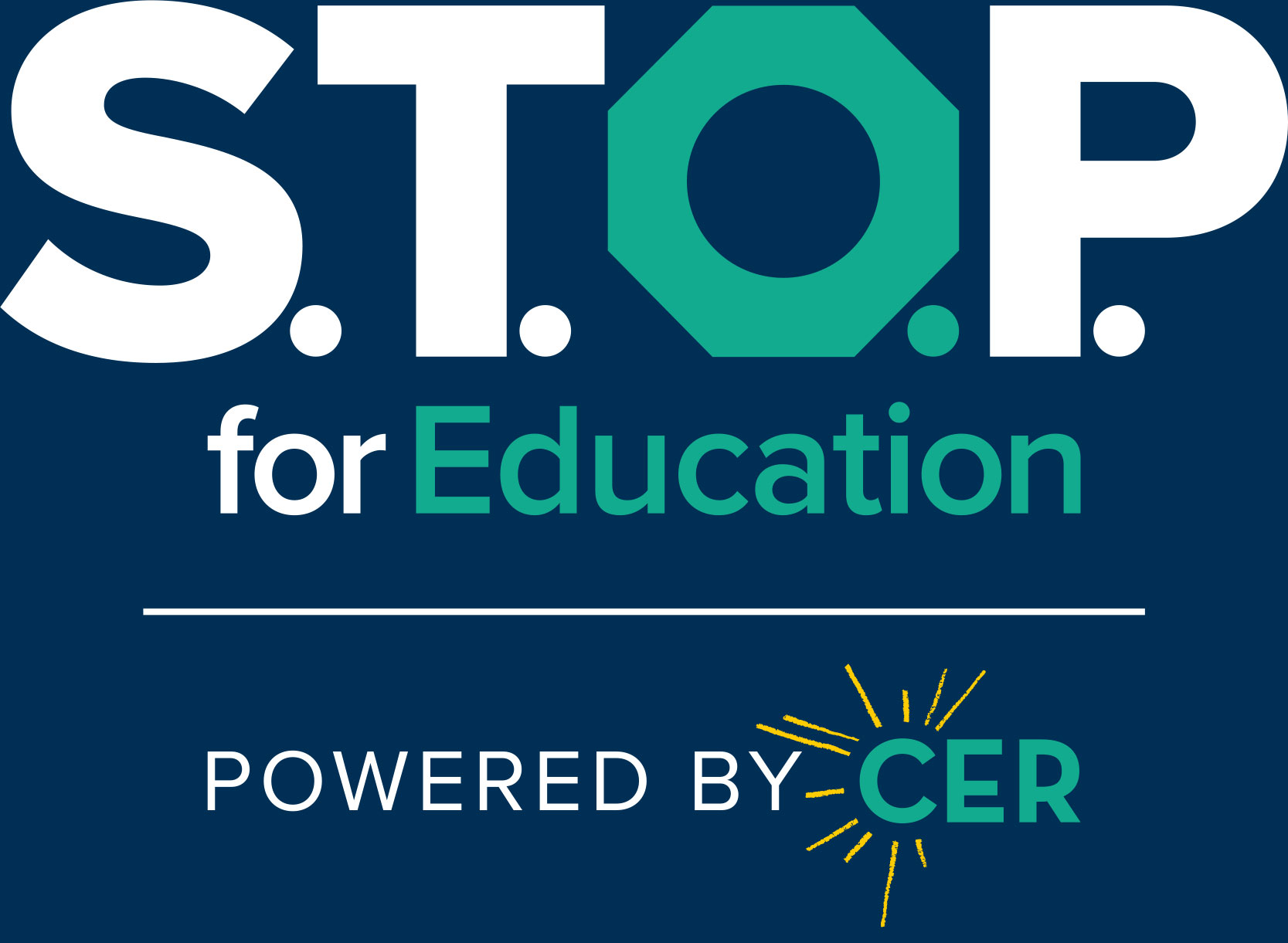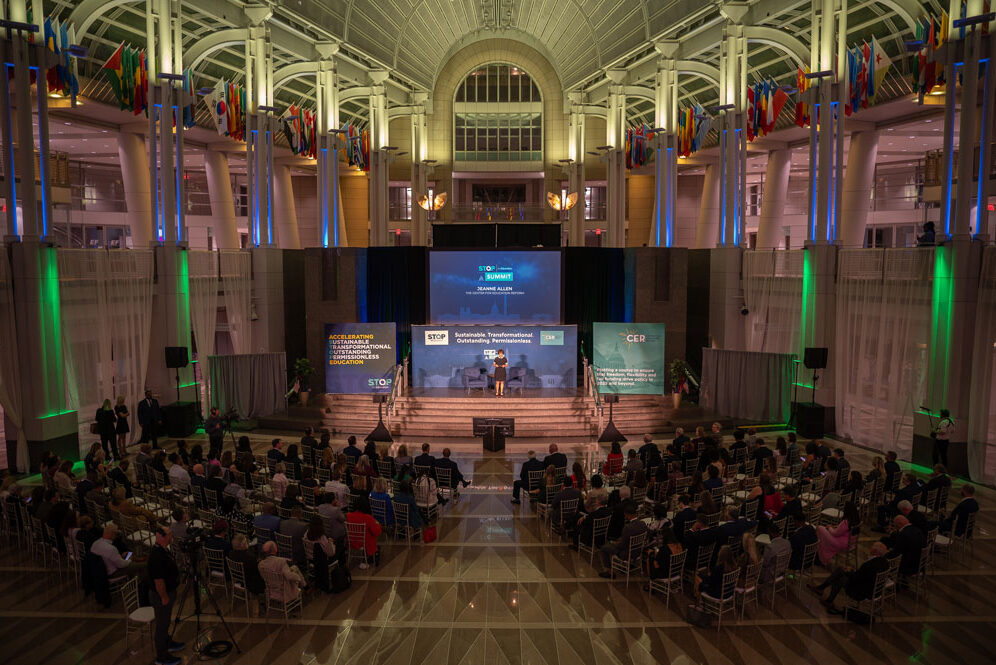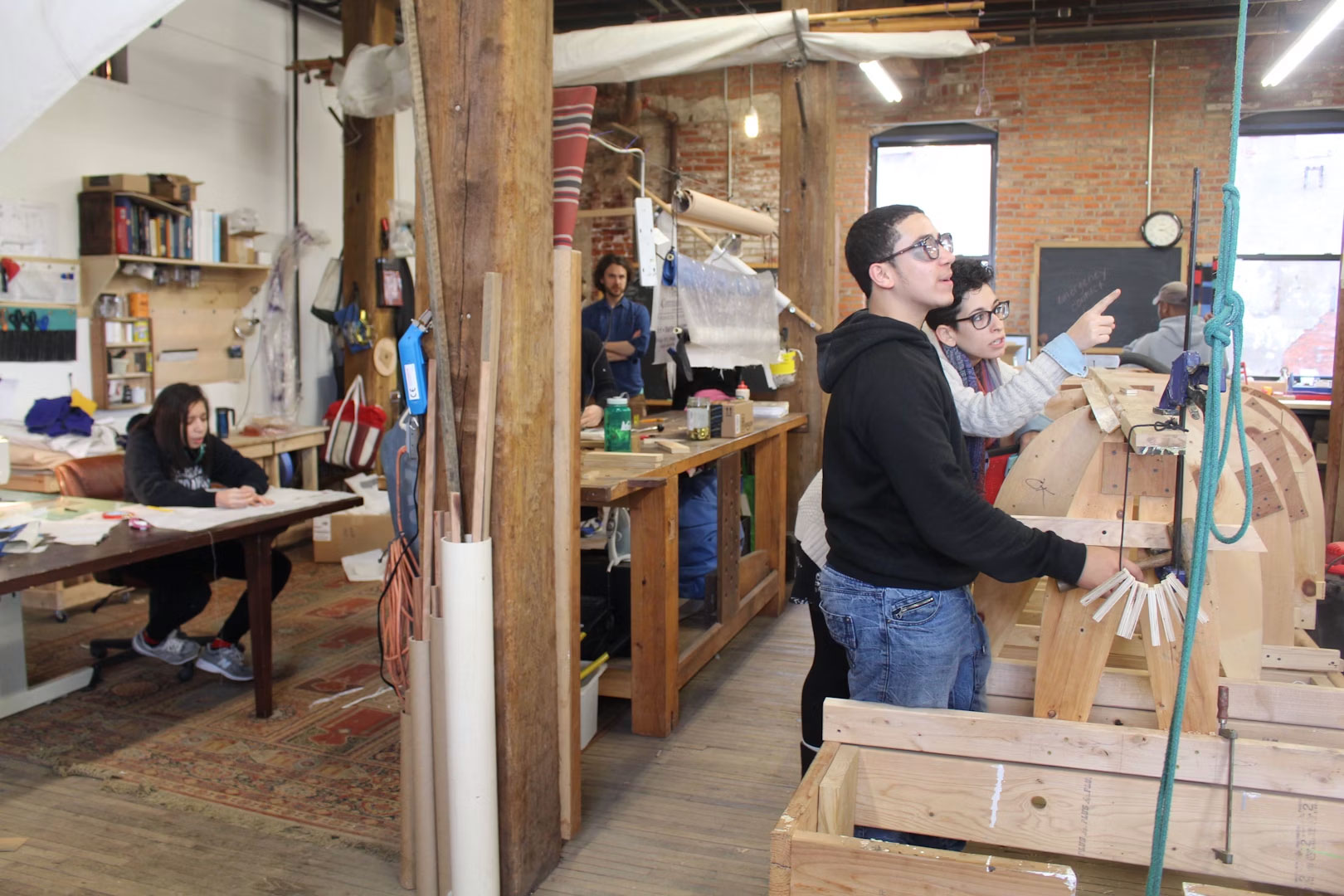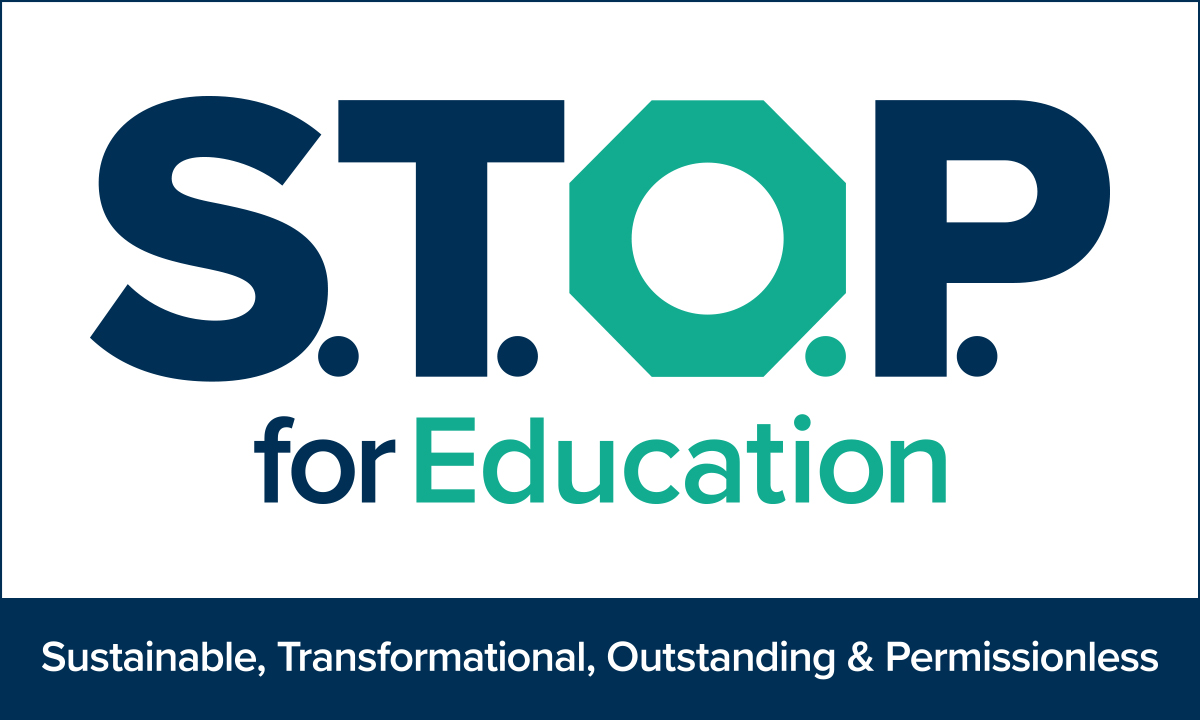As schools break for summer, it’s a good time to review the return America is getting on its investment in education. The Census Bureau reports inflation-adjusted spending in K-12 education has tripled since 1970 to a record $751.7 billion. Yet barely a third of all fourth-graders across U.S. urban communities can read or do math at grade level. The time has come to reimagine the way we pay for education. Let’s stop writing blank checks to failing school systems.
Consider a single mother of two. From kindergarten to high school graduation, the government will spend nearly $250,000 on each of her children. Yet she won’t have much of a say in how the dollars are spent. Without her consent, the bureaucrats who run the public schools will build facilities, hire teachers and plan curriculum that may leave her children far behind their peers, all at exorbitant prices.
That’s the reality for many American children. Boston and New York City each spend well over $25,000 a pupil annually for education, yet families get dismal results. Philadelphia spends $24,000, but only 17% of eighth-graders are proficient in reading. Nationwide, black mothers can expect their children to learn 30% of what they are supposed to learn to be successful in life, according to the National Assessment of Education Progress, testing core subjects in fourth, eighth and 12th grade. Even if those black children go to college and earn a Bachelor’s degree, according to the Georgetown University Center on Education and the Workforce they will earn 23% less than whites.
As taxpayers the cost should annoy us, and as parents it should break our hearts that children get a horrible education from a system duty-bound to help them. Yet the bureaucrats and teachers unions responsible are rarely if ever held accountable. They don’t listen to complaints, and nobody can vote them out of office.
Now imagine if that same mother could choose how the $500,000 was spent. She could use up to two-thirds of her education money to advance her children’s education, with the remaining third set aside for the children’s use after high school. She could make sure her children received a good education that fit her values and their learning needs. She could use the money at a charter school or even to pay for tuition at a private school, religious or otherwise. She could deploy these funds to set up a microschool with professional teachers, the sort of multifamily home schooling that proliferated during the pandemic.
She and other parents could also pick old-fashioned public schools, which would finally have to earn support by treating parents with respect. I suspect Philadelphia’s parents will think twice before shelling out $24,000 a year for a system that has been adding administrators at a rate of seven times the increase in students while tuition at the average Philadelphia Catholic high school is roughly $8,000, and private-school tuition averages just under $12,000.
Leftover funds would go into a family account and draw interest over time. Saving $8,000 a year with a 4% yield would total nearly $135,000 over 13 years. Students who finish high school would unlock that money for higher education, job training or other purposes. College tuition and the uncertainty of the future would be less of a nightmare for even impoverished American parents. Whatever their children chose, the money would already be in the bank.
For the mission of making their lives better, we need to give parents the funds the system currently misspends. If, after graduation, the students want to use it to buy a business or a house or car, it’s theirs to decide. The effect would be to relieve poverty in general. The money parents save could make the lives of their children better rather than being squandered in an education system with poor outcomes.
Affluent people have always had this luxury for their children. Extending the same privilege to less-advantaged families might seem like a radical idea. Yet the truly radical and inequitable option is doing nothing.
Mr. Yass is managing director and a co-founder of Susquehanna International Group




